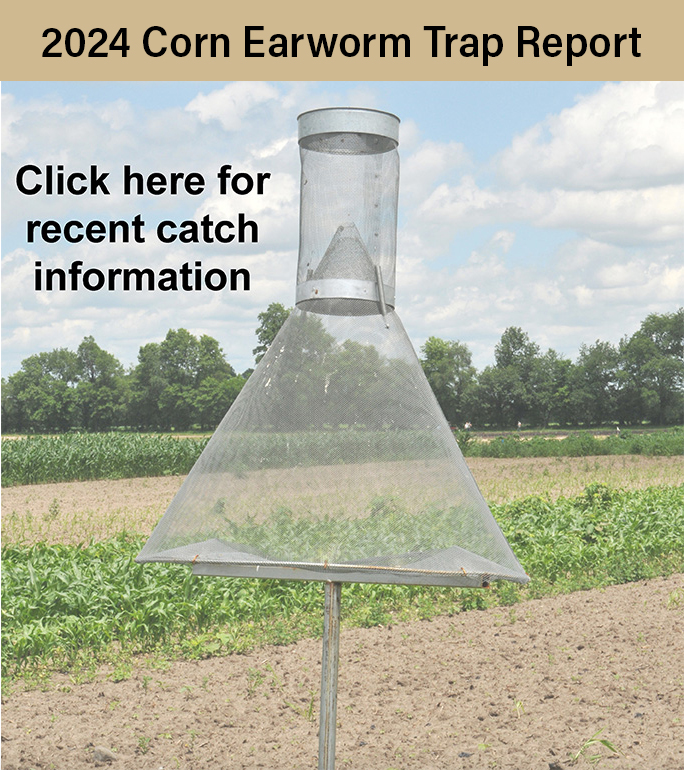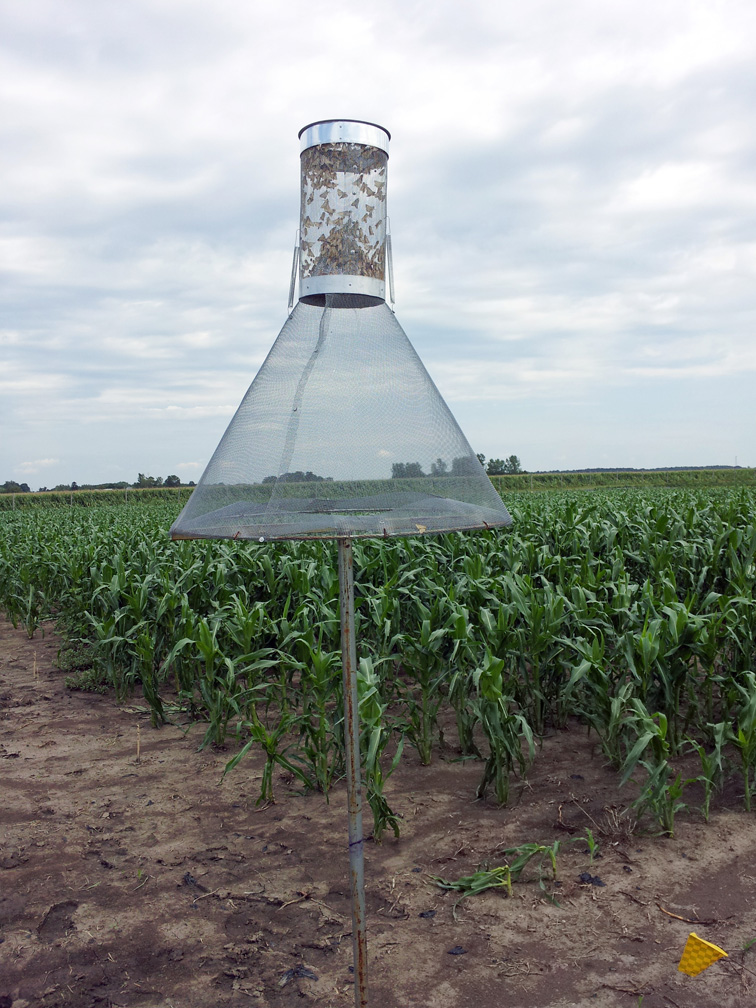
2024 Corn Earworm Trap Report

2024 Corn Earworm Trap Report

2024 Corn Earworm Trap Report

2024 Corn Earworm Trap Report

We have begun our state-wide trapping and monitoring program for corn earworm (Fig. 1).

Corn earworm moth numbers have been relatively low this season until recently, as numbers have exploded in pheromone traps.
© 2024 Purdue University | An equal access/equal opportunity university | Copyright Complaints | Maintained by Pest&Crop newsletter
If you have trouble accessing this page because of a disability, please contact Pest&Crop newsletter at luck@purdue.edu.